
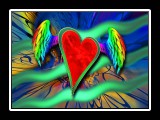
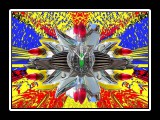

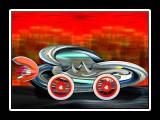
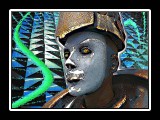
CLICK ANY IMAGE TO ENLARGE & START SLIDE SHOW
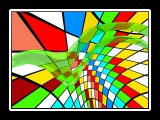
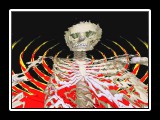

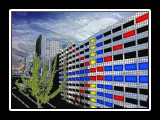
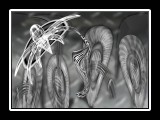
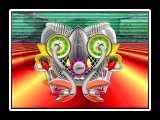
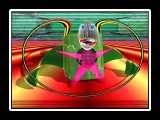
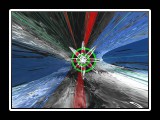

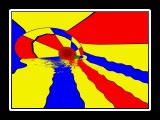
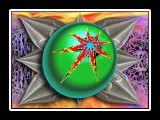
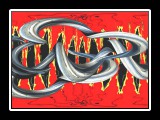
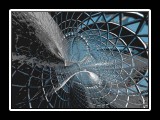
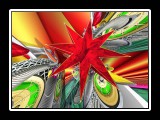

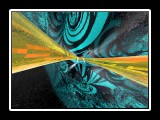


Photography & Art for a visual hungry world






CLICK ANY IMAGE TO ENLARGE & START SLIDE SHOW


















| POP ART GALLERY 6 |
By the mid-1960s, most individuals involved in the creation of computer art were in fact engineers and scientists because they had access to the only computing resources available at university scientific research labs. Many artists tentatively began to explore the emerging computing technology for use as a creative tool. In the summer of 1962, Dr. A. Michael Noll programmed a digital computer at Bell Telephone Laboratories in Murray Hill, New Jersey to generate visual patterns solely for artistic purposes, His later computer-generated patterns simulated paintings by Piet Mondrian and Bridget Riley and become classics. Noll also used the patterns to investigate aesthetic preferences in the mid 1960s.
Computer art dates back to at least 1960, with the invention of the Henry Drawing Machine by Desmond Paul Henry. His work was shown at the Reid Gallery in London in 1962, after his machine-generated art won him the privilege of a one-man exhibition. In 1963 Joan Shogren of San Jose State University wrote a computer program based on artistic principles, resulting in an early public showing of computer art in San Jose, California on May 6, 1963.
The first two exhibitions of computer art were held in 1965- Computer-Generated Pictures, April 1965, at the Howard Wise Gallery in New York, and Generative Computergrafik, February 1965, at the Technische Hochschule in Stuttgart, Germany. The Stuttgart exhibit featured work by Georg Nees; the New York exhibit featured work by Bela Julesz and A. Michael Noll. Note the names of these expositions, not mentioning the word 'art', because these 'generated pictures' were not yet seen as such. A third exhibition was put up in November 1965 at Galerie Wendelin Niedlich in Stuttgart, Germany, showing works by Frieder Nake and Georg Nees.
In 1968, the Institute of Contemporary Arts (ICA) in London hosted one of the most influential early exhibitions of computer art- Cybernetic Serendipity. The exhibition included many of whom often regarded as the first true digital artists, Nam June Paik, Frieder Nake, Leslie Mezei, Georg Nees, A. Michael Noll, John Whitney, and Charles Csuri. One year later, the Computer Arts Society was founded, also in London.
At the time of the opening of Cybernetic Serendipity, in August 1968, a symposium was held in Zagreb, Yugoslavia, under the title "Computers and visual research". It took up the European artists movement of New Tendencies that had led to three exhibitions (in 1961, 63, and 65) in Zagreb of concrete, kinetic, and constructive art as well as op art and conceptual art. New Tendencies changed its name to "Tendencies" and continued with more symposia, exhibitions, a competition, and an international journal (bit international) until 1973.
Katherine Nash and Richard Williams published Computer Program for Artists: ART 1 in 1970.
Xerox Corporation’s Palo Alto Research Center (PARC) designed the first Graphical User Interface (GUI) in the 1970s. The first Macintosh computer is released in 1984, since then the GUI became popular. Many graphic designers quickly accepted its capacity as a creative tool.
http://en.wikipedia.org/wiki/Computer_art